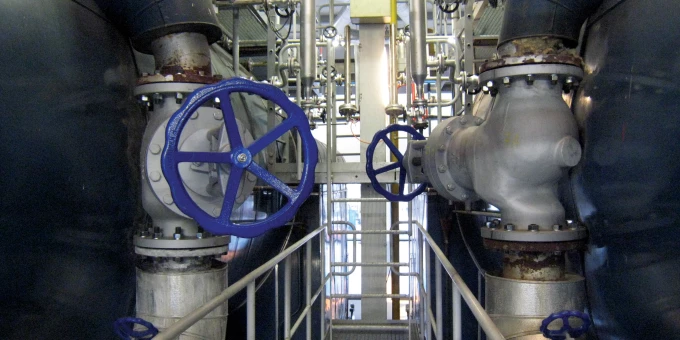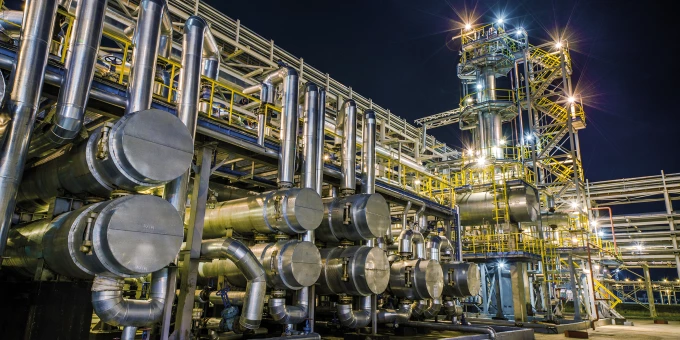
|
Rotterdam
KLINGER The NetherlandsNikkelstraat 2 3067 GR Rotterdam
Elsloo
KLINGER Service Center LimburgBusiness Park Stein 208A 6181 MB Elsloo
Velsen-Noord
KLINGER The NetherlandsRooswijkweg 200 1951 MD Velsen-Noord
Moordrecht
Hadro TechnologySouth Lane 351 2841 MD Moordrecht |
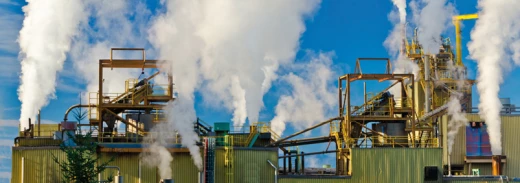
Stop unnecessary loss of energy
Where others merely replace, KLINGER optimizes your entire system!
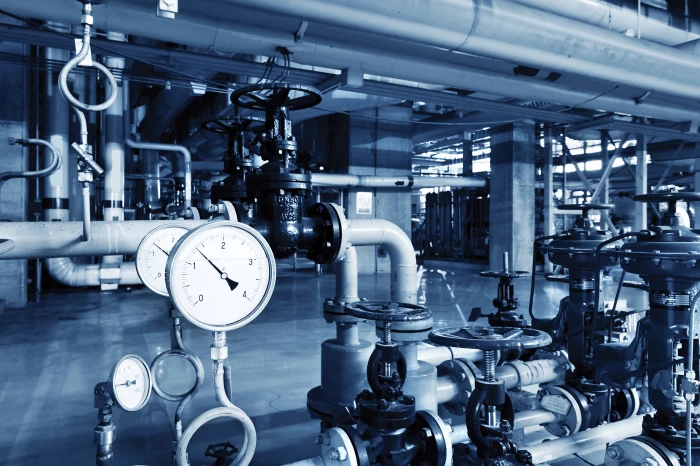
Optimize your steam system
Maximum efficiency in your production process can only be achieved with a properly functioning steam and condensate system. After inspections, in most cases 10 to 30% of the steam traps are found not to be functioning optimally!
KLINGER helps you keep track of the status of all your steam traps and your steam plant. Overhauls, replacements or modifications lead to huge savings, often resulting in a verifiable return on your investment within one year.
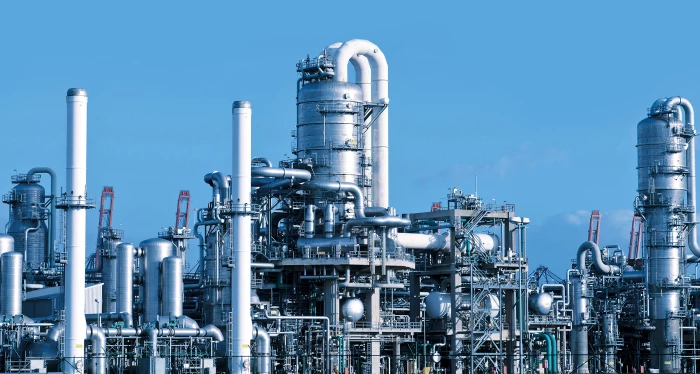
Save hundreds of thousands of dollars annually
For example, your company has 150 steam traps/drainage systems. Suppose 30% steam bore. Just one leaking steam trap quickly costs €15,- per day. That is over €5,500 per year. So your total steam loss (depending on system pressures) can quickly add up to many tens of thousands of euros!!! An investment in new, optimally functioning steam traps will pay for itself in no time!
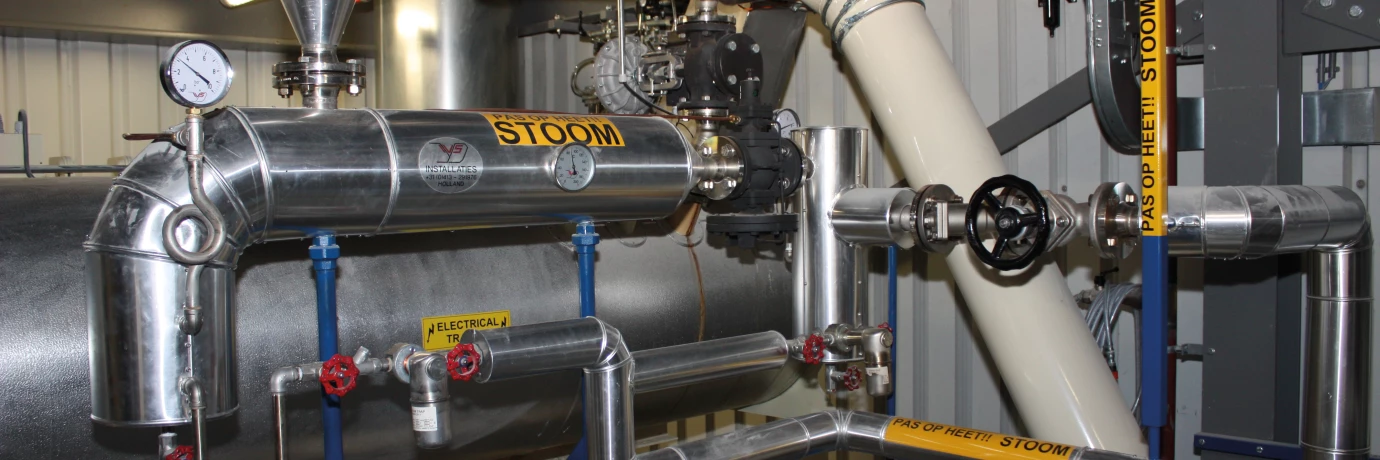
7 consequences of malfunctioning steam traps
- Hazardous work situations
- Unnecessarily highCO2 emissions
- Excessive fuel consumption
- Watershed
- Corrosion of pipes
- High back pressure in the condensate network
- Unnecessary investment for condensate drainage
- Excessive wear of valves and control valves
Steam plants have become more efficient by investing in the use of residual heat, for example. However, much energy is still lost in the system due to (mainly small) leaks in steam traps.
Once steam has dissipated its heat, the steam traps ensure that condensate is quickly dissipated while steam remains in the system. To minimize steam/energy losses, we recommend that you check your steam traps annually and exchange them as needed.
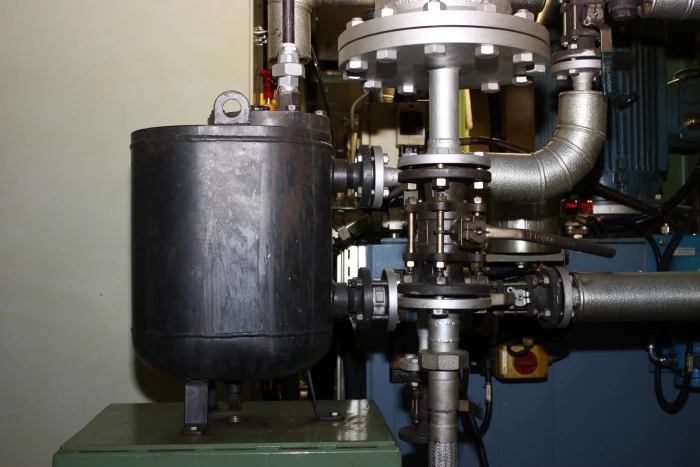
Prevent loss from leaking steam trap
One DN25 steam trap leaks about 10 to 15 kg of steam per hour at 10 bar steam pressure, which, at a steam price of about €25 per ton, amounts to a cost of about €3,000 per year.
A steam leak results in higher steam consumption. This ultimately also leads to a higher energy bill and thereby has a negative effect on yourCO2 emissions.
Through years of experience in steam technology, KLINGER offers you the specialized knowledge needed for a project-based approach to controls. We do this together with ARMSTRONG Int., the American pioneer in the field of systematic controls and optimization of steam systems.
Armstrong developed the unique program "SAGE" for this purpose:
- Only application that calculatesCO2 emissions via the UNFCCC method.
- Checks are performed by experienced specialists
- Modern web-based application from Armstrong
- Data can be accessed 24/7 from any location
- Very user-friendly
- 100% transparent
- Automatic updates
- All losses are calculated based on real-time technical parameters (instead of estimates or assumptions)
- Simplifies benchmarking, implementation of best practices and ROI calculations.
More opportunities to save energy:
For tips on saving energy, also read our page on Energy Efficiency Directive.
